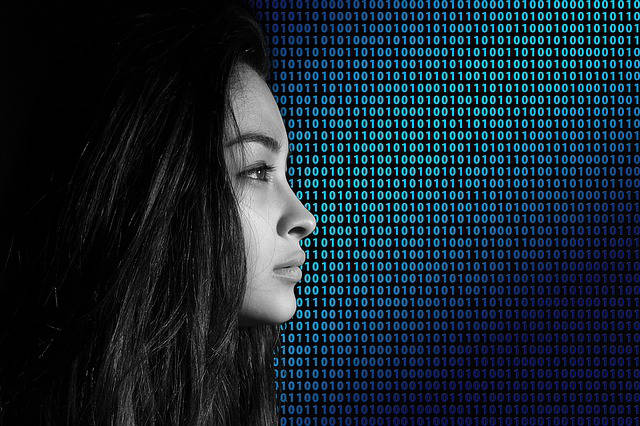YOU MUST BE REGISTERED AND LOGGED TO CONTINUE
FORGOT YOUR DETAILS?
Erinn Aulfinger – Digital Technology
The internet and digital technology has already changed the face of learning. My teachers already use online content to supplement their own learning plans, use online tools to check written essays for plagiarism or to auto-grade scantron tests, and online quiz sites to help students prepare for quizzes and exams. Much of my classroom education now consists of “looking things up” online, or finding supplemental materials online to complete class projects.
Education is becoming more self-guided for the students, and more standardized for the teachers using online tools and content. This shift has both positive and negative consequences.
For the student, having supplemental educational materials online has frequently been a positive enabler of learning. When my math teacher explains a concept in a way that I don’t fully comprehend, and isn’t able to answer my questions in ways that help me internalize the lesson, I can go online to websites with written or video tutors explaining the same concept in a different way that might finally help me grasp the concept. Online quizzes and study guides can help ensure I’ve thought through the full spectrum of themes in a given lesson or chapter. Additional materials such as websites and eBooks can enable me to create stronger class projects by offering differentiated views on a topic, such as interesting facts or figures that can make a boring project interesting and unique. On the other hand, sometimes online content is inaccurate or conflicting, leading students to draw false conclusions, or answer test questions with facts that the teacher disagrees with, having used a different data source for her or his test preparation. Further, over-reliance on students’ “teaching themselves” via online searches and quizzes can result in a loss of the type of personal engagement from the teacher that brings a topic to life, instead leading to dull, lifeless learning that isn’t retained longer term.
For the teacher, using online content and tools is a major time-saver, and helps ensure consistency with teaching standards, yet can become a crutch unless the teacher is self-motivated to bring a subject to life with more personal engagement in the teaching and sufficient hands-on coaching of students struggling with the subject. In the absence of this engagement, teaching can become rote, online “machine-graded” content fails to account for diversity of thinking in students, and cheating can become rampant when students find a teacher’s full content available somewhere online. In a more online-integrated teaching environment, the skill requirements for teachers must likely shift to include more individualized support (to supplement the “standard” or “base” requirements that students can self-learn with online content) and deeper “storytelling” charisma to supplement online content’s more factual approach.
However, online learning itself is morphing with time. New machine-learning algorithms will enable more individualized content, adjusting itself to the learner’s pace. Augmented reality and gamification of educational content makes online learning more fun and engaging. And online-only classes and schools are experimenting with technologies that allow for more student interaction and engagement with the teacher and each other, even in online “classrooms”. These changes, once mainstream, will change the face of education again, raising the bar on teacher- excellence as students will have the freedom to pick and choose the teacher from whom they want to learn a particular subject, and democratizing education, since even those unable to travel to schools or universities (such as those who can’t afford it, those in remote locations, or those with major physical disabilities) will have access to the best of educations. Students of all types benefit from a customized education in this future, as long as the costs of an online education remain reasonable.
I easily imagine a future where I sit in my living room, in a virtual classroom with classmates from countries around the world. Our teacher and the other students are projected holographically into my room, so that it feels like a real classroom, and the computer interface easily translates the students’ differing languages into my own. Our educational unit is similarly holographic and 3-dimensional, adjusting and moving with the teacher’s direction, and shifting previously 2-dimensional words and images into a more exciting and engaging discussion on any topic. History comes alive as the scenes shift across the air while I sit in my favorite beanbag. Scientific experiments are completed before my eyes, with digital notes appearing directly on my personal computer. Languages become so much more fun as I have several French or Chinese classmates with whom I can practice my new phrases. The moment when the lines between “classroom” training and “online” training start to blur will be the moment when online education supercedes what is today possible in either format.


